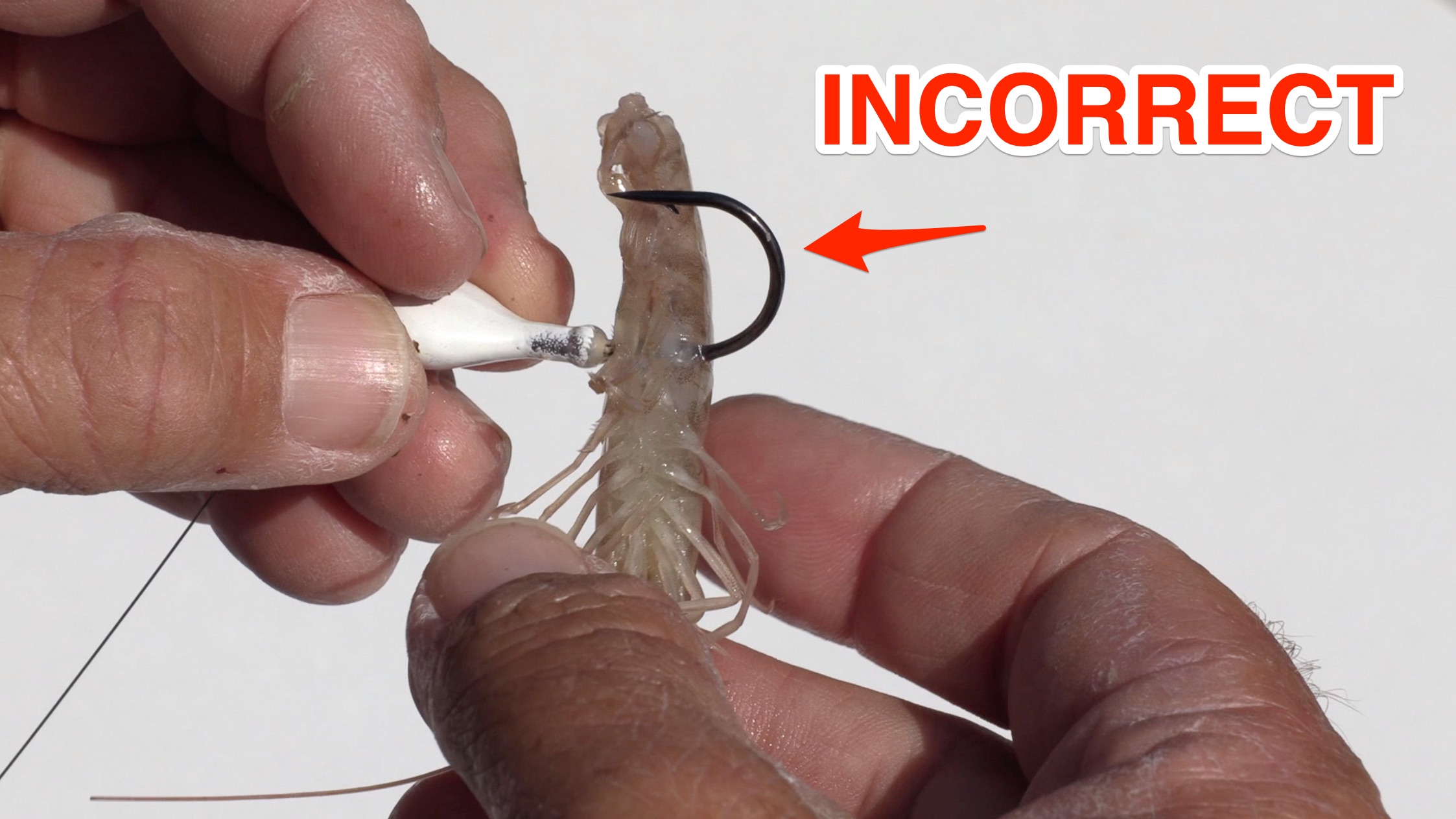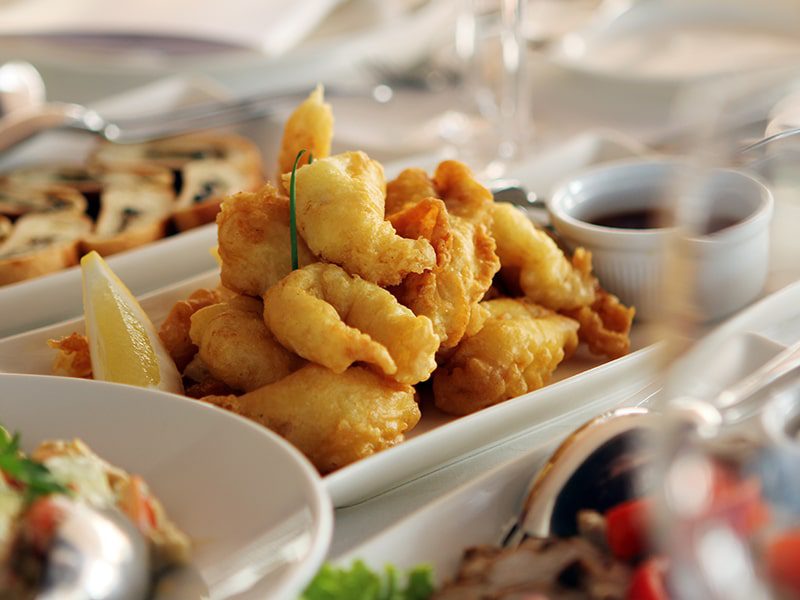Fried shrimps are a popular seafood dish loved by many. If you like seafood or want to try something new, fried shrimp made at home are a simple and tasty choice. With the right preparation and techniques, you can achieve perfectly crispy and flavorful shrimp every time. Table Of Content.
Today, we’ll talk about everything you need to know to make perfectly fried shrimp at home. We’ll talk about the best kinds of shrimp to use, how to cook them, the best ways to fry them, and the best drinks and side dishes to go with them. We will also give you different takes on traditional fried shrimp recipes and help you fix common problems that can happen while the shrimp are cooking.
With this guide, you can make fried shrimp that tastes like it came from a restaurant and serve it to your family and friends. So, let’s get started!.
Shrimp are a delicious and versatile ingredient that can be prepared in many ways. One of the most popular is batter-fried shrimp, with a light and crispy coating. However, a common frustration when frying shrimp is having the batter fall off before the shrimp are fully cooked. Not only does this make for a less appealing presentation, but it can lead to uneven cooking and a loss of that satisfying crunch
Luckily, there is an easy solution to this problem – drying the shrimp thoroughly before battering. Here’s why it works as well as tips for the best results
Why Batter Falls Off Shrimp
Shrimp naturally contain a lot of moisture. Their flesh is made up of over 75% water. When shrimp are fresh they can also have water clinging to the surface and shells. Some additional sources of exterior moisture include
- Thawing frozen shrimp under running water
- Washing shrimp before cooking
- Condensation forming on chilled shrimp
- Packaging that contains a lot of water
All this moisture is problematic when it comes to batter frying. Batter is designed to gently adhere to the shrimp, forming a thin, even coating that crisps up in hot oil. But if there’s excess water on the exterior, the batter has trouble sticking. Instead, it slides right off the slick shrimp!
Additionally, moisture prevents the batter from crisping properly. Even if it manages to cling on initially, it will end up soggy rather than crunchy after frying.
How Drying Helps
Drying shrimp thoroughly before battering them solves these issues. With less moisture interfering, the batter can form a proper bond with the shrimp’s surface and cook up nice and crispy. Just a simple blotting or air drying makes all the difference.
Here are some ways to ensure your shrimp are dry before battering:
- Pat shrimp with paper towels to absorb surface moisture
- Let shrimp air dry for 10-15 minutes after rinsing
- Use paper towels or a salad spinner to dry thawed frozen shrimp
- Drain any excess water from packaged shrimp before using
Make sure to get the entire surface of the shrimp, including the fronts, backs, and tails. Check for any remaining damp spots and dab them again. The shrimp don’t need to be bone dry, just free of excessive exterior moisture.
Battering Tips for Best Results
Along with drying shrimp properly, there are some other tips that can help your batter cling flawlessly:
-
Use a light, thin batter that won’t overload the shrimp. A thick batter is more prone to sliding off.
-
Allow battered shrimp to rest for 5-10 minutes before frying. This helps the coating adhere better.
-
Fry battered shrimp immediately after resting. Don’t leave them to sit too long or the batter can get soggy.
-
Set up your frying station close to the shrimp drying area for quick and easy transfer.
-
After dipping in batter, let any excess drip off before frying. Too much clinging batter leads to a thicker coating.
-
Use a thermometer to maintain oil temperature between 350-375°F. Colder oil makes for soft, greasy batter.
-
Work in small batches so oil temperature doesn’t drop too much when adding shrimp.
-
Flip shrimp halfway during frying so both sides get evenly crisp.
Batter Tips for Crispy, Flavorful Shrimp
While drying is crucial for batter adhesion, the batter itself also plays a role in the end result. Here are some tips for light, crispy, and flavorful battered shrimp:
-
Use sparkling water or club soda: The carbonation leads to an airy, crunchy texture.
-
Add cornstarch: This helps absorb moisture for added crispness. Replace up to 1/4 of the flour in your recipe with cornstarch.
-
Season with spices: Salt, pepper, paprika, garlic powder, cayenne, and onion powder all add flavor.
-
Use ice-cold ingredients: This prevents gluten development for a delicate coating.
-
Dip in flour first: Flour helps the batter adhere evenly. Make sure to shake off excess.
-
Then dip in egg: The egg seals and primes the shrimp for the batter.
-
Rest batter before using: Letting it sit helps prevent a dense, bready coating.
-
Flavor with beer or wine: Add a splash in place of some of the liquid for a pub-style flavor.
Troubleshooting Batter Adhesion
Even if you dry shrimp properly, batter troubles can still pop up. Here are some common issues and fixes:
Problem: Batter falls off shrimp when frying
Solution: Batter is too thick. Thin it out and make sure shrimp are fully dry.
Problem: Shrimp surface is too slick for batter to stick
Solution: Dredge shrimp in flour or cornstarch before battering.
Problem: Batter clumps into chunks rather than a thin coating
Solution: Add more liquid to the batter and mix just until combined. Don’t overmix.
Problem: Fried shrimp batter is soggy and soft
Solution: Don’t overload fryer with too many shrimp at once. Maintain oil temperature.
Crunchy Battered Shrimp Are Worth the Effort
It may seem like a lot of fuss, but properly dried shrimp and a well-made batter leads to the ultimate seafood treat. The extra steps help ensure you end up with lightly fried shrimp encased in a delicate, crispy coating that stays put from fryer to plate. With the satisfaction of that crackling crunch, you’ll realize the effort was well worth it!
So next time you’re craving crunchy battered shrimp, don’t skimp on properly drying the shrimp first. This simple step helps the batter cling beautifully, cooks up extra crispy, and results in shrimp that stay perfectly crunchy from first bite to last.

Use the batter immediately for perfect fried shrimps:
Use the batter immediately after making it. Dip the shrimp in the batter and fry them until they are golden brown and crispy.
Don’t overcrowd the pan:
Overcrowding the pan can cause the oil temperature to drop, resulting in greasy and soggy shrimp. Fry the shrimp in small batches and give them enough space in the pan to ensure even cooking.
Before putting the shrimp on a paper towel-lined plate to drain, use a slotted spoon to take them out of the oil. This will keep your shrimp crispy and prevent them from becoming greasy.
Overcooked shrimp can become rubbery and tough. Fry the shrimp until they are golden brown and crispy, but be careful not to overcook them. They should be cooked through but still tender.

Fried shrimp are tasty by themselves, but you can also serve them with a number of different sides and drinks to make a full and satisfying meal. Here are some ideas for serving and pairing fried shrimp:
Any side dish goes well with fried shrimp, like coleslaw, roasted vegetables, or a fresh salad. You can also serve them with classic sides like French fries or hush puppies.
Dipping sauces are a must-have for spicy fried shrimp. Some popular options include tartar sauce, cocktail sauce, or remoulade sauce. You can also try making your own sauce, such as a spicy aioli or a sweet chili sauce.
Light and refreshing drinks go well with fried shrimp. These could be a cold beer, a crisp white wine, or a juice-based cocktail like a mojito or margarita.
You can also make fried shrimp in different ways, like by adding spices to the batter or using a different batter, like a cornmeal or beer batter. You can also try different cooking methods, such as air frying or pan frying.
